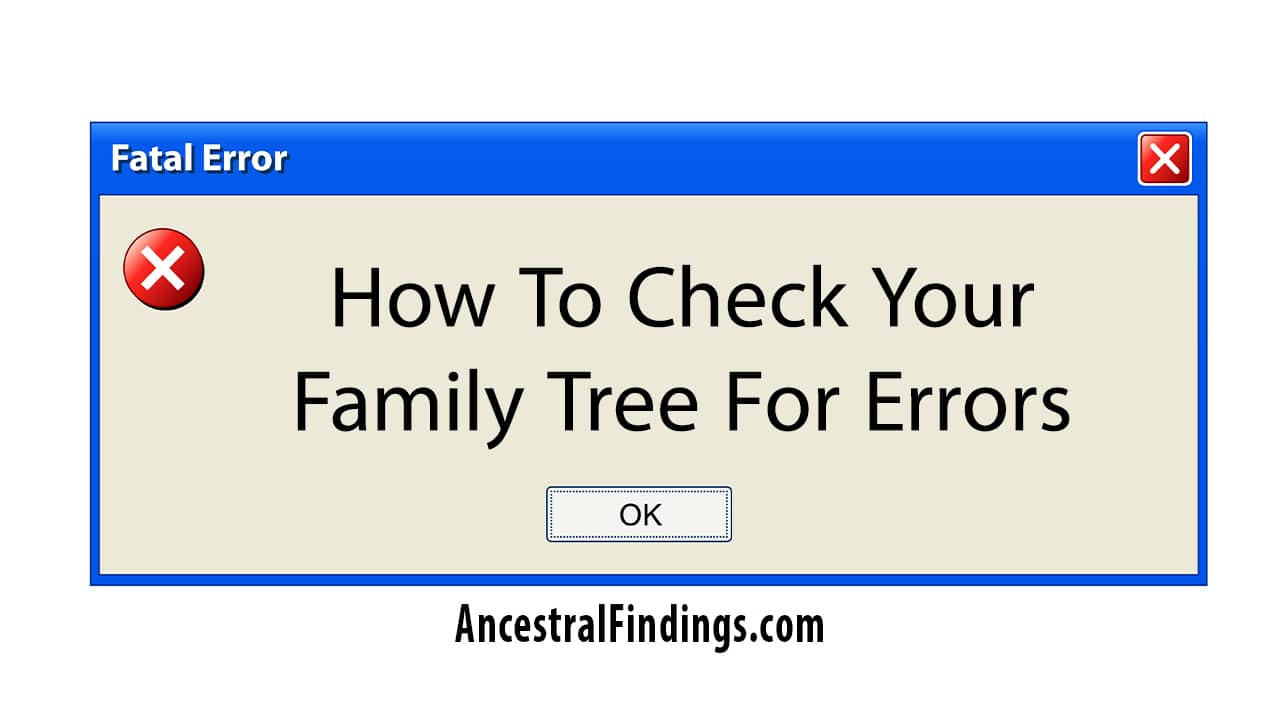If you are like most genealogists, you hope to discover the international origins of your ancestors. Unless your ancestors were all 100% Native Americans, then those family lines originated somewhere else other than the North American continent. We are largely a nation of immigrants, going way back to the very founding of this nation by Europeans nearly 400 years ago. Knowing where your family’s roots lie over the sea is a very special thing, and connects you with cultures you can call your own. You may even find some distant cousins still living in the ancestral homeland, who would be happy to show you around, should you ever visit there.
If you are baffled by how to find your ancestor’s origin, here are some tips to get you there.
Listen to Your Family’s Stories:
While family stories are notorious for having inaccuracies and outright falsehoods in them, there is usually a grain of truth in there somewhere. The more recently a family line immigrated to America, the more likely the family origin story is to be correct, while the further back in time the immigration happened, the less likely it is to be true. Even so, always verify all family origin stories, even with more recent immigrants. For example, I was always told growing up that my paternal grandfather’s mother came directly to the United States from Germany in the early 20th century. Even my grandfather himself told me his mother came from Germany. However, when I began doing genealogy research, I quickly discovered this was not true. It was my grandfather’s mother’s mother who came here from Germany, and not in the 20th century, but in 1883. So, family origin stories can change even in the space of a generation. In this case, the family actually did come from Germany, but the immigrant ancestor was different than who I was always told it was. It wasn’t my grandfather’s mother, but his maternal grandmother who was from Germany. If you are curious about an ancestor’s origin, listening to any family origin stories about them is a good first step. However, always confirm those stories with records. – Learn More
Look at Census Records:
Census records beginning in 1880 asked for the birthplace of an enumerated person’s parents. If you have a recent immigrant ancestor, or a suspected one, the 1880 and later census records can give you a clue as to whether they were born in the United States or not, and where their parents were born. Although you will still have to follow this information up with confirming records, because the people giving the information on the census may not have told the truth, for their own reasons, or may have unknowingly gave incorrect information, based on a tale their parents or grandparents told them. Last names can sometimes give more credence to a stated place of origin on a census record, as Irish, Scottish, German, Russian, and other certain nations have very identifiable-sounding last names. Still, confirming with other records is always a necessity. Like family stories, the location of birth of a person or their parents on a census record is a clue, and a jumping off point for more research. – Learn More
Look at Immigration and Naturalization Records:
Once you have a clue or two from family stories and/or census records, you can go to immigration and naturalization records to look for confirmation of what you discovered. You can find these records at the National Archives (if you want to go look in person), and on Ancestry and FamilySearch (if you prefer to look online). If you want to be exceptionally thorough, as any good genealogist should, you should check all these sources. If you can’t make it to the National Archives in person, you can find a listing of their indexes on their website, which you can use to make a written request to them for a lookup of a record for you. With any luck, your ancestor’s place of origin will be confirmed, and you may even get the name of the ship they came over on, as well as the port they departed from, the port they arrived at, and the year they came, as well as their age upon arrival, whether they have any relatives already in the United States, what their occupation is, and where they are planning to go upon entrance into the United States. – Learn More
Look at Other Record Types to Narrow it Down:
Once you are pretty sure of your ancestor’s country of origin, you should try to find their hometown in that country. Knowing the country is good, but knowing the town is better. This is because once you know the town, you can research it to find out more about your ancestor’s life there, and to take your research further by researching generations before your immigrant ancestor. You can often go fairly far back in time once you find the town of origin for your ancestor in their native land. But, how do you find the town? You look at every record source you can find. Marriage records, death records, obituaries, county histories, and even old newspaper articles with human interest stories will often include the town of origin in a foreign country of a person in the United States. Keep examining your immigrant ancestor’s life in the United States by exploring all of their records here, and you will have a much greater chance of locating something that mentions their hometown overseas.
Check Out the Neighbors:
If your immigrant ancestor came here pretty early in the nation’s history, such as prior to 1850, you may need to look at additional records to find their nation and town of origin. Wills and probate records are good sources, as are tax lists, land sale records, and deeds. You can also look at their neighbors, and the records they left behind. It was common back then for people from the same town in a foreign country to immigrate together or close together, and then live near each other once they got here. If you can’t find a mention of your ancestor’s origin anywhere, look at their neighbors’ records, because those neighbors might be relatives, friends, or neighbors from the home country and town, and your ancestor and their place of origin might be mentioned in their records. – Learn More






